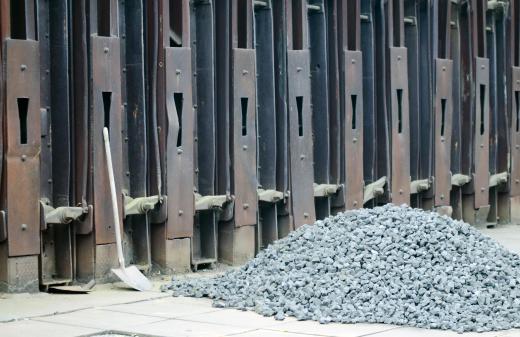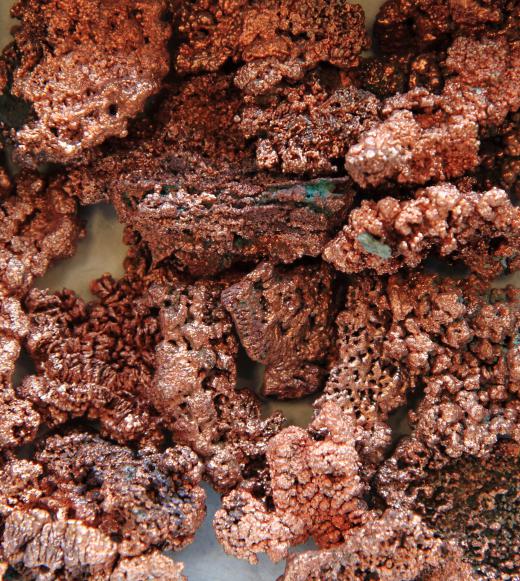Smelting furnaces are used to turn ores and other materials into iron, as well as other non-ferrous metals. Manufactured in several distinct styles and designs, with each intended for a specific smelting process, the various smelting furnaces such as cupola, induction and electric furnaces are found in use worldwide. Also used in the smelting process with great success are the hearth and blast furnaces. While the electric furnace uses electricity to create the heat required to melt the iron ore, coke and other iron-making ingredients, the blast furnace uses forced air, often enriched with pure oxygen, to super-heat the materials, greatly reducing the time required to produce iron in smelting furnaces.
The cupola furnace is perhaps the oldest of all of the smelting furnaces. It uses a tall cylindrical outer shell lined with clay, bricks or other materials to protect the furnace from burning through. The cupola was heated over a large fire and the ore and other ingredients were placed inside to melt. Once melted, the liquid was poured or ladled out of the furnace and placed into molds to produce iron components. Limestone was typically introduced into the molten iron mixture to bring any impurities to the surface so they could be easily skimmed off.

The induction furnace is an advanced design in smelting furnaces and one that uses electricity in the form of alternating current (AC) to create the heat required for smelting ore. Large copper coils are placed inside of the induction furnace and heat up as AC electric power is passed through the coils. In order to avoid the destruction of the copper heating coils caused from overheating, water is passed through the coils to bring the temperature down. These smelting furnaces are best suited to melting and creating iron and other nonferrous metals.

The electric furnaces vary from the induction-style smelting furnaces in that carbon rods are heated using electricity to create the right temperature for smelting. The carbon rods are capable of producing a higher temperature than the electricity alone; along with the carbon rods, granite rods are also used to create the desired heat to complete the smelting process. These smelting furnaces are commonly found in steel mills and foundries as the main smelting furnaces. The hearth furnace is commonly used for the smelting of small quantities of materials. The hearth furnaces typically employ electric or natural gas heating elements to heat the hearth, enabling the smelting process to take place.
